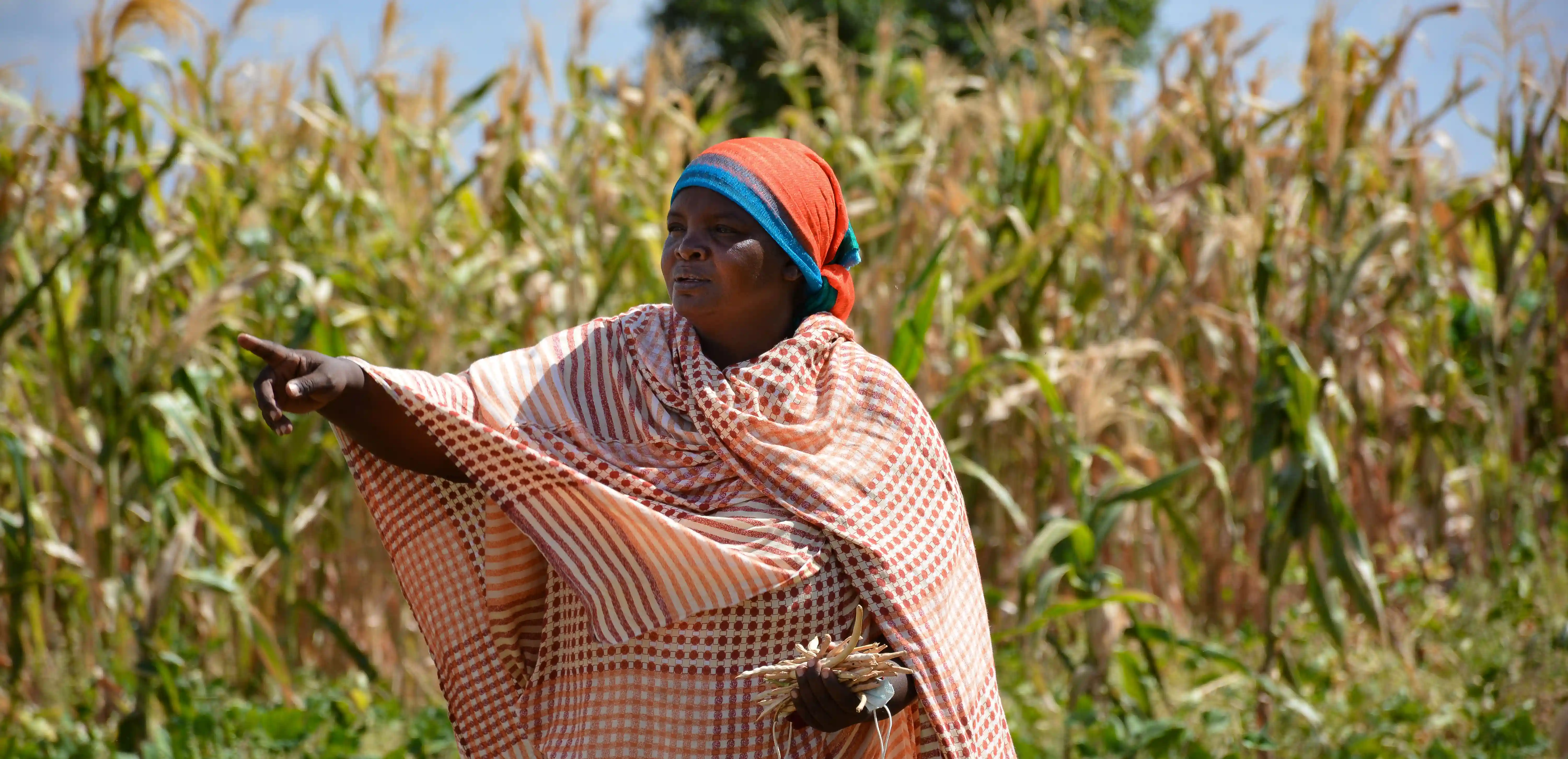Career change might be a trending topic these days, but few can match the radical course correction adopted by an entire community in rural Kenya. Not only have they successfully reprogrammed centuries of occupational DNA, they have done it in 2 years.
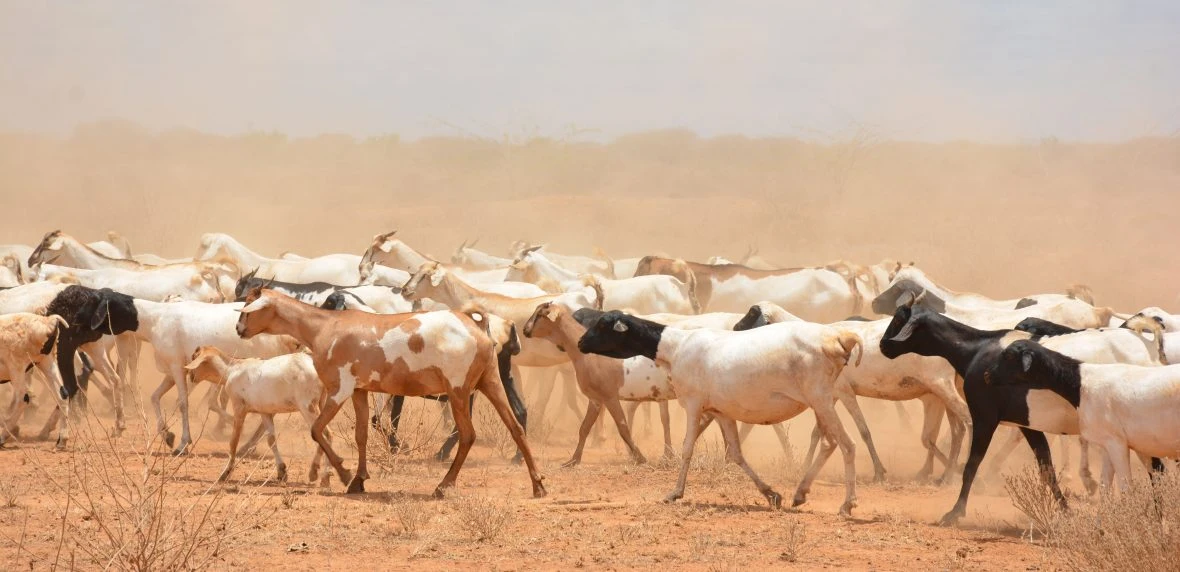
Hostile Workplace
The plains of Tana River County have been a workplace for generations of East Africans, stretching back to a time when there were no nations and no borders. Pastoralism — the grazing of camel, goats, and sheep across pastureland — is in the blood of nearly everyone who lives in this part of Kenya.
But, as a career choice, it has become extremely problematic.
Cyclical drought has been a feature of the weather here for as long as anyone can remember, and the pastoralists have learned to adapt during lean times. The problem now is that weather patterns have been changing rapidly, with disastrous consequences. In some places there has been no appreciable rainfall for four years.
“We were pastoralists since our forefathers time”
“We were pastoralists since our forefathers time,” says Salah Bare Ogle, “but our livestock became totally depleted due to drought. People were facing starvation, and the few livestock we had left were stolen.”
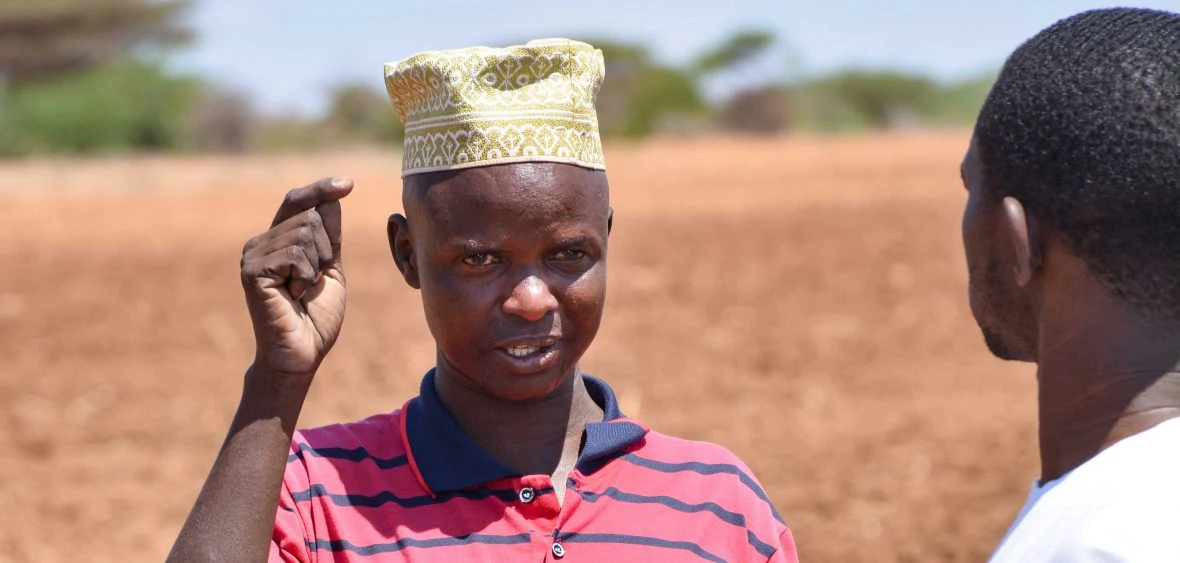
Losing the herd for a livestock farmer is the equivalent of a business going bankrupt. And there are no government safety nets here. Many families had no choice but to migrate west and take their chances in the slums of Nairobi. Those who stayed saw child malnutrition rates rise above emergency levels and communities were becoming heavily reliant on food aid to survive.
Then everything changed.
Secret Weapon
Tana River County has a secret weapon— an untapped resource — and the clue is in the name. “The river flows right across the whole county, so the potential is there, the land is there… and the people are there,” according to local official Mwanajuma Hiribae. “If the water can be made available to this arable land, it can dramatically change this into a food producing county.”

There was just one drawback. Agriculture has only ever been practiced here on a very ad-hoc basis, meaning most communities have little or no experience of growing crops at scale. Salah’s home village of Matagala was a case in point. “We literally never planted anything in our lives before,” he laughs.
“I think we came along at just the right time”
As it happens, Concern Worldwide Kenya had been investigating ways to tackle rising child malnutrition — beyond the obvious short-term solutions of nutrition clinics and therapeutic food. “I think we came along at just the right time,” says Concern Program Director Hassan Olow.
Hassan’s team brought 20 communities together for consultations and they worked up a plan with the local government, involving irrigation, machinery, training, tools, seeds, and all the other inputs that go into clearing and preparing land for growing crops. Funding was secured from one of the world’s biggest food ingredients firms, ADM, based 6,000 miles away in the American Midwest.
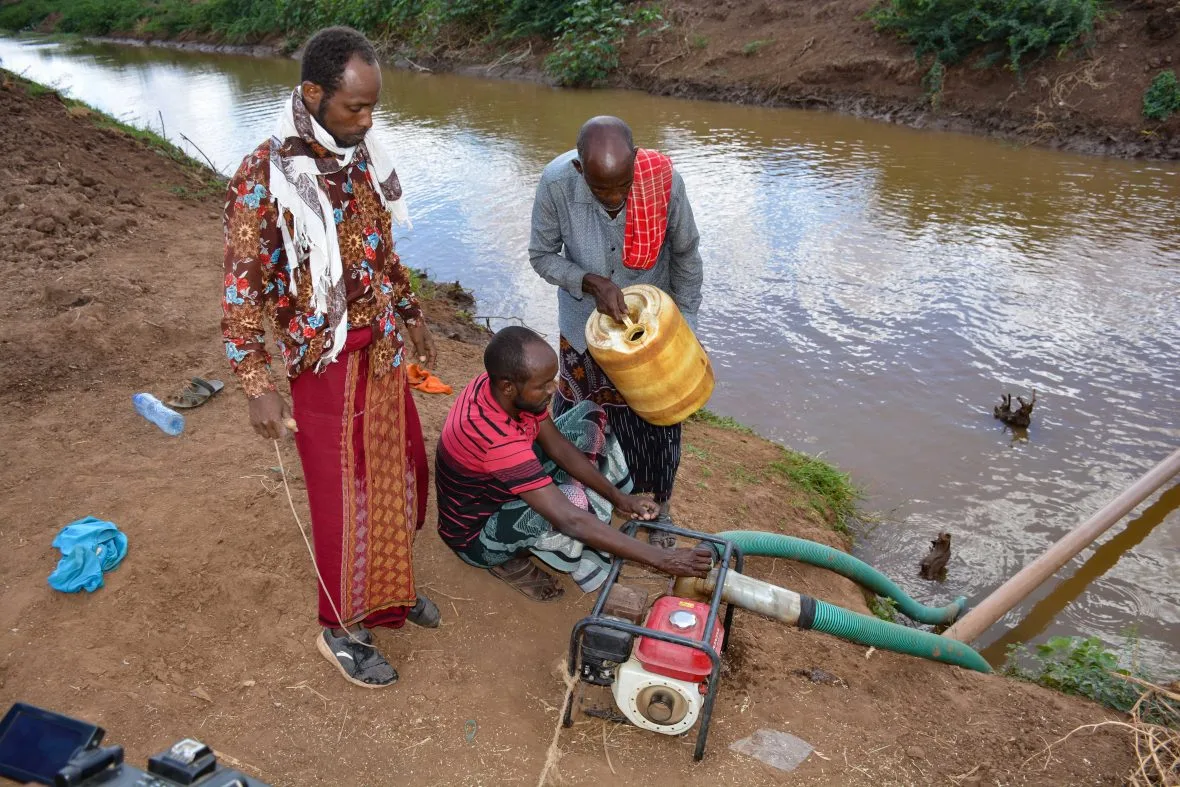
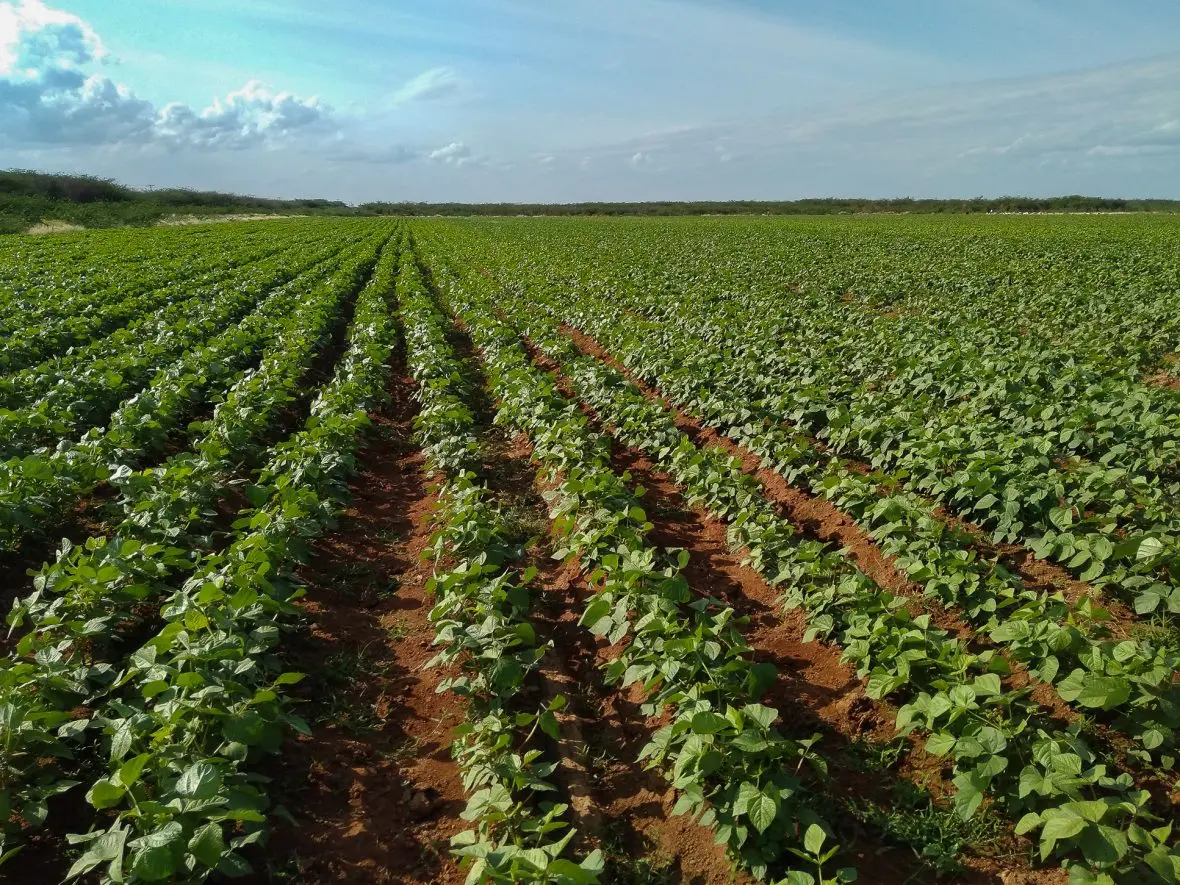
“There was a real mixture of people involved,” according to Olow, “from small scale farmers with some experience of agriculture to people who had never sowed a single seed. We were hopeful, but we weren’t really sure what to expect…”
As it turns out, the results have been quite spectacular.
Game-Changer
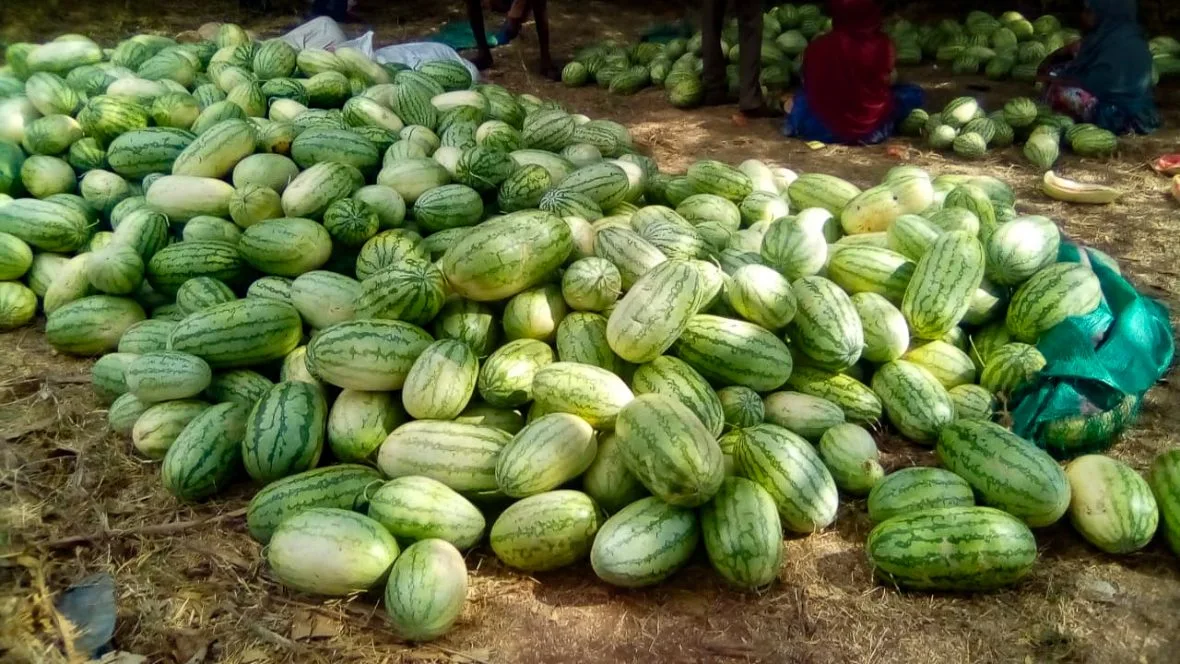
In their first two years, communities involved in the project produced over 1300 tons of combined produce, valued at more than $380,000. “On my farm we grow mung beans, tomatoes, maize, collard greens, spinach, cow peas, and watermelon,” says Mariam Billow Samur. Elsewhere you’ll find kale, banana, okra, onions, capsicum, groundnuts, and red pepper.
Some of the produce is for home consumption, the rest is brought to market. The pastoralists haven’t entirely turned their back on their herding heritage, but the move to agriculture has been a game-changer. “We still keep livestock, but now we have both options,” says Salma Juma.
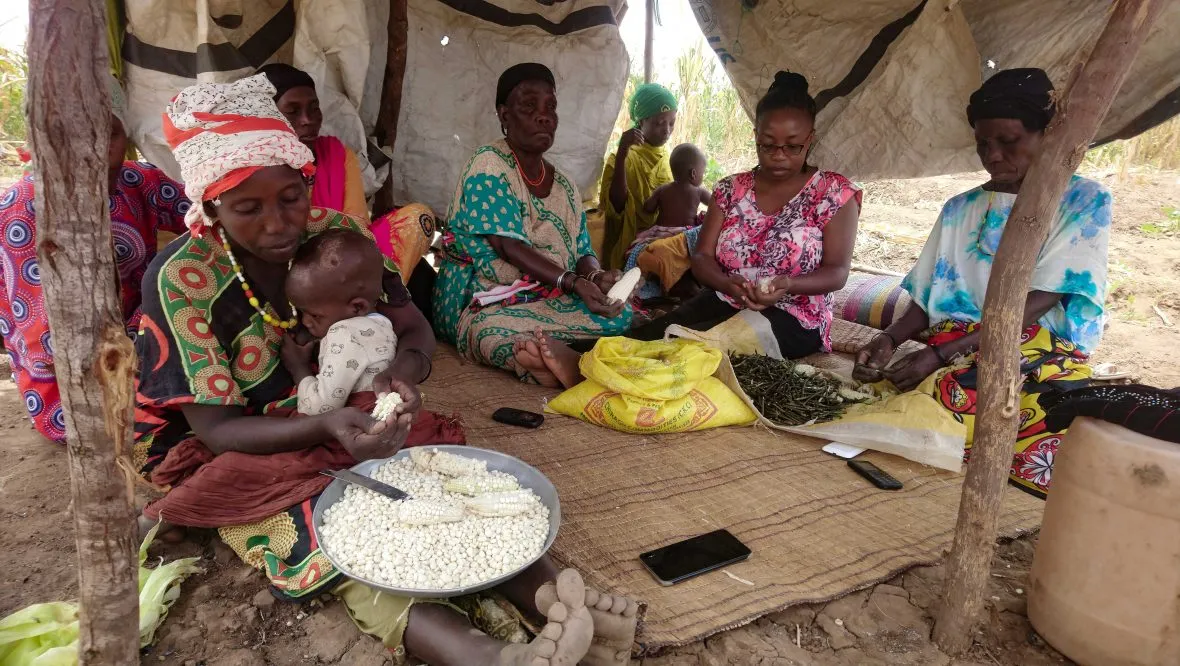
As the recent prolonged drought has worsened across Kenya, these communities have been from its worst effects. Incomes have risen, malnutrition rates have fallen, prices have stabilized, and many of the groups are using their profits to clear and prepare even bigger tracts of land, without any additional support from Concern.
Extraordinarily, for the first time in 30 years, there was no need for emergency food distributions last year in this part of Tana River County.
Fierce communal pride has driven intense competition among the villages as they strive to be the most productive farmers. And the result is not what anyone might have expected. In top position is Matagala, a community with hundreds of years of experience in managing livestock and zero track record in agriculture.
